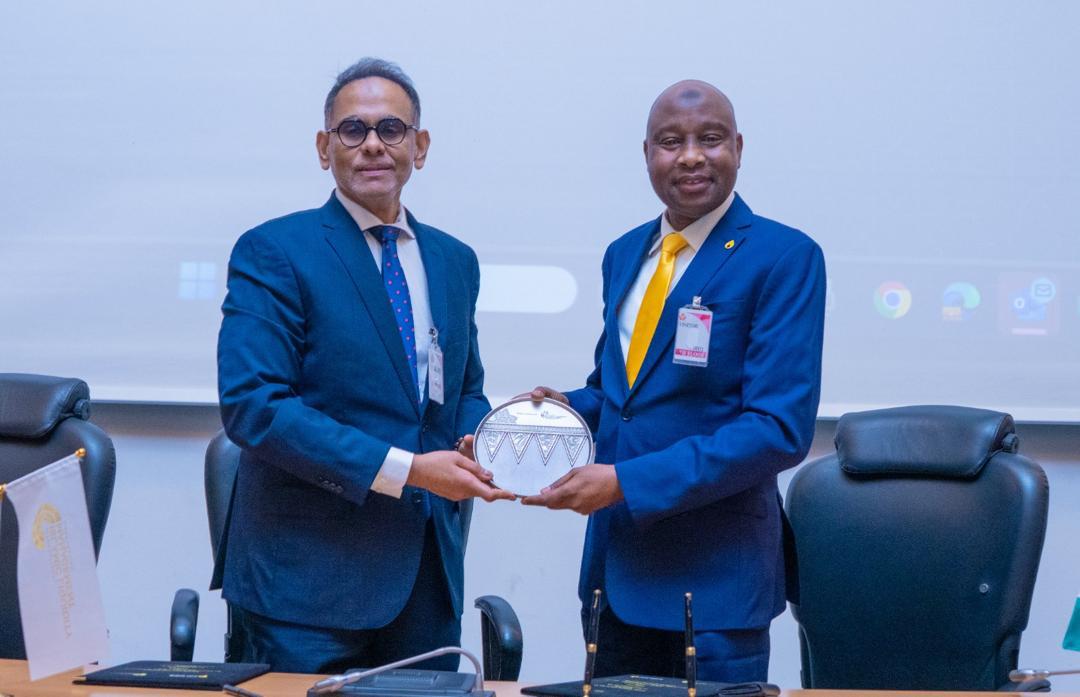Nickel prices dropped by 0.93 percent, to Rs 809.70 per kg in futures trade today as traders cut down their bets to book profits at current levels.
Moreover, weak cues from the domestic spot markets due to muted demand too put pressure on the metal prices.
In futures trading at the Multi Commodity Exchange, nickel for delivery in November was trading Rs 7.60, or 0.93 percent, down at Rs 809.70 per kg in a business turnover of 1,399 lots.
The metal for delivery in November was trading Rs 7.60, or 0.93 percent, down at Rs 809.70 per kg in a business turnover of 1,399 lots.
The metal for delivery in December also shed Rs 7.40 or 0.90 percent, to Rs 814.90 per kg in a turnover of 1,068 lots.
The metal for delivery in December also shed Rs 7.40 or 0.90 percent, to Rs 814.90 per kg in a turnover of 1,068 lots.
Marketmen said the fall in nickel prices in futures trade is mostly attributed to profit-booking by participants at existing levels and a weak trend at the domestic spot markets due to low demand but strength in metal at the London Metal Exchange (LME), capped the fall.
Copper prices fell by 0.07 per cent to Rs 450.60 per kg in futures trade today as participants indulged in reducing positions amid subdued demand from consuming industries in the spot market.
At the Multi Commodity Exchange, copper for current month declined by 30 paise, or 0.07 per cent, to Rs 450.60 per kg in a business turnover of 875 lots.
On similar lines, the metal for delivery in far-month February next year traded lower by 10 paise, or 0.02 per cent, to Rs 456.40 per kg in 25 lots.
Analysts said offloading of positions by traders due to a weak trend at the domestic spot markets amid muted demand from consuming industries, led to the fall in copper prices at futures trade here.
Besides, China’s industrial value-added output expanded 6.2 per cent year-on-year in October, slowing from 6.6 per cent growth in September, too weighed on prices, they added.
China is the world’s biggest consumer of base metals.
Report courtesy TheEconomicTimes








